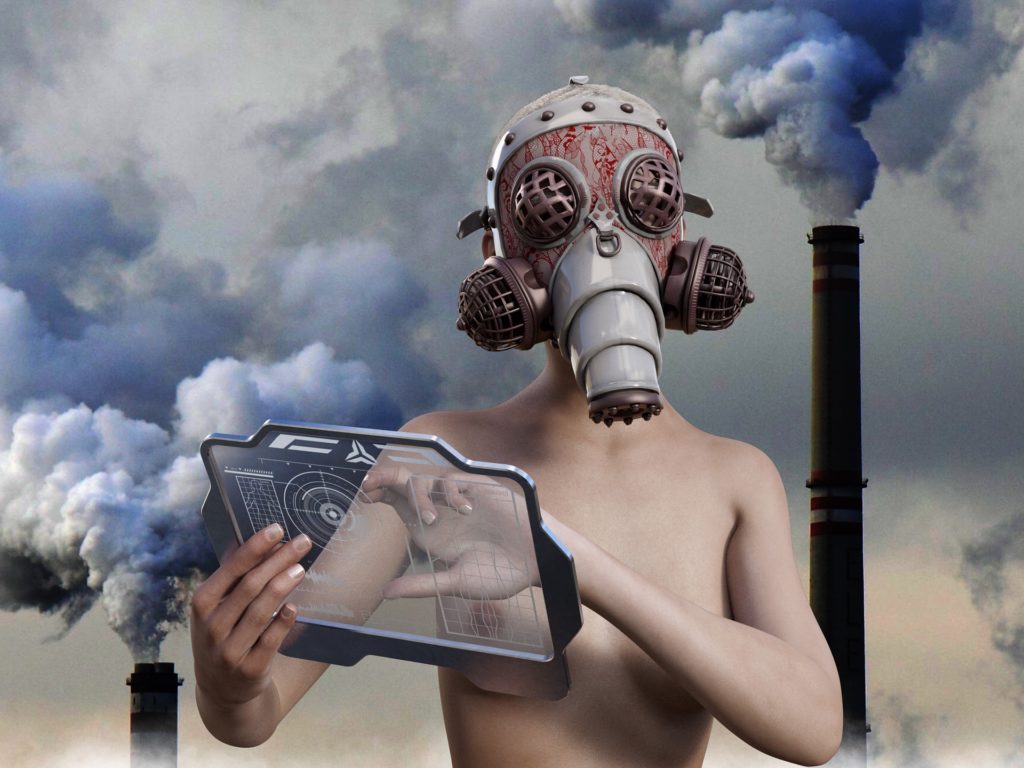Tiny carbon particles from polluted air are reaching the placenta finds new study
Evidence of tiny particles of carbon, typically created by burning fossil fuels, air pollution, has been found in placentas for the first time.
This new research was presented at the European Respiratory Society International Congress.
A recent report by WHO estimated 7 million people every year die of diseases caused by ambient (outdoor) and household air pollution. Of the 15 most polluted cities in the world, 14 are in India, said the report. Findings of this new study therefore have grave implications for India.
Pollution has been previously linked to restricted foetal growth, premature birth, low birth weight babies and childhood respiratory problems. This study provides more proof about the dangers of pollution for unborn babies and suggests that when pregnant women breathe polluted air, sooty particles are able to reach the placenta via the bloodstream.
“The particles do not need to get into the baby’s body to have an adverse effect, because if they have an effect on the placenta, this will have a direct impact on the foetus.”
“We were interested to see if these effects could be due to pollution particles moving from the mother’s lungs to the placenta. Until now, there has been very little evidence that inhaled particles get into the blood from the lung,” said co-author Dr Lisa Miyashita.

Researchers worked on placenta from five healthy, non-smoker pregnant women who were all living in London and each one gave birth to a healthy baby at Royal London Hospital.
The researchers studied particular cells called placental macrophages. Macrophages are part of the body’s immune system and work by engulfing harmful particles, such as bacteria and pollution particles. In the placenta they also help to protect the foetus.
The team studied a total of 3,500 placental macrophage cells from the five placentas under a high-powered microscope and found cells containing small black areas that researchers believe were carbon particles. The team had used the same techniques previously to identify and measure these sooty particles in macrophages in people’s airways.
Dr Norrice Liu, a paediatrician and clinical research fellow at Queen Mary University of London, said, “Our results provide the first evidence that inhaled pollution particles can move from the lungs into the circulation and then to the placenta.
She added: “We also know that the particles do not need to get into the baby’s body to have an adverse effect, because if they have an effect on the placenta, this will have a direct impact on the foetus.”


